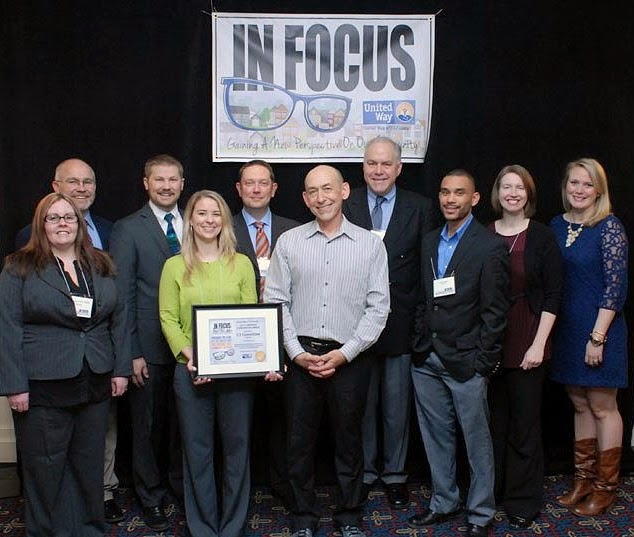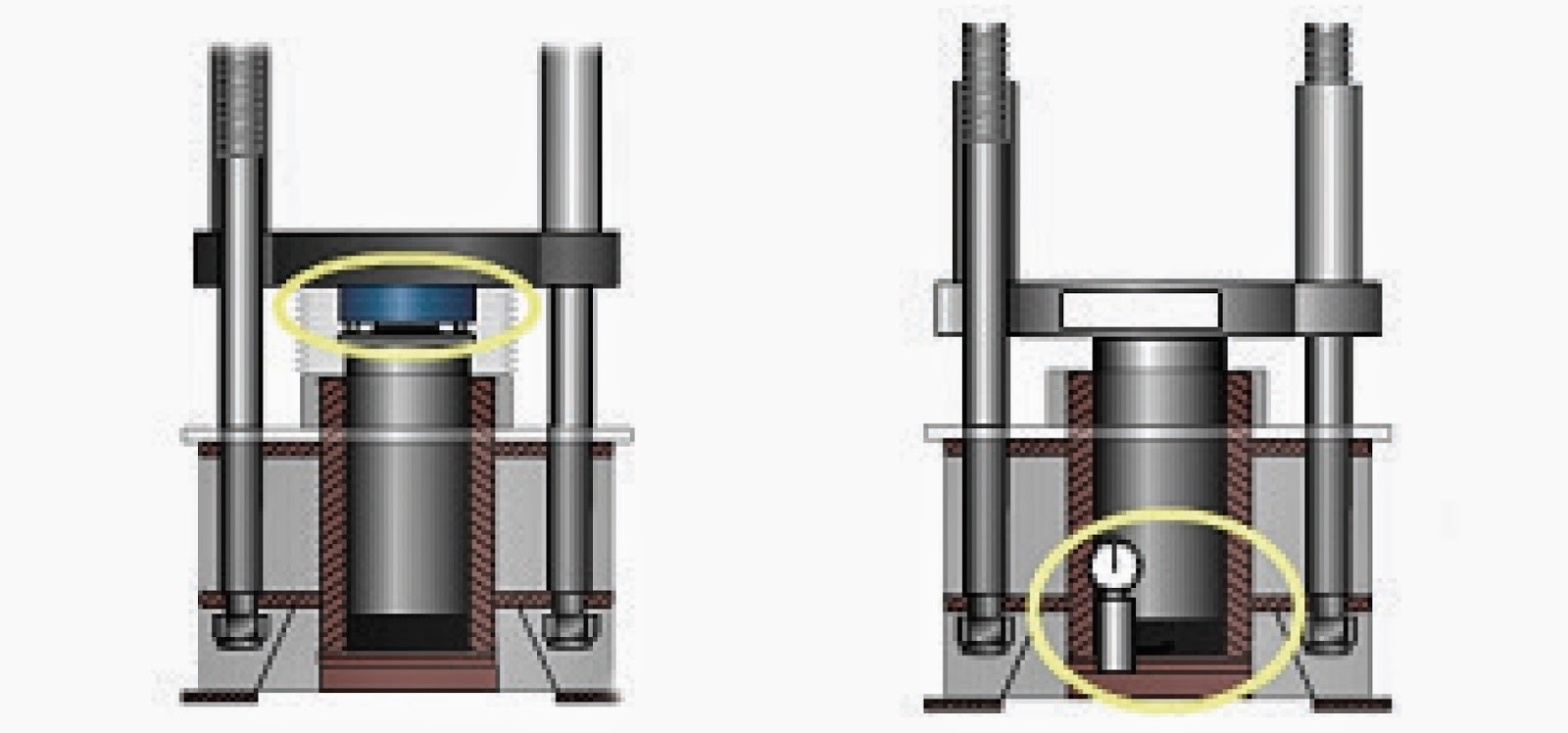Adhesive bond materials are transversal to many different industries: from automotive to aerospace, electronics, medical, sports, and construction. Providing high-performance adhesive to aluminum, steel and other materials, structural adhesives have become an interesting and valid solution to replace welds and mechanical fasteners, helping to improve durability, reduce weight, and reduce manufacturing costs.
In the automotive industry, reliability and durability are the most important characteristics, and structural adhesives meet these criteria better than most others. For applications in this industry, where adhesives are being used increasingly in safety-critical areas, it is necessary to carefully evaluate any possible decrease in performance that may occur when the adhesively-bonded joints are subjected to impact loading.
Download our white paper Read more





